Longboats, lanterns among fast-fading traditional Thai art forms, as locals fight to preserve important part of culture
Increasing globalisation and economic pursuits have driven young Thais, who are digitally savvy, towards the latest trends on social media today.
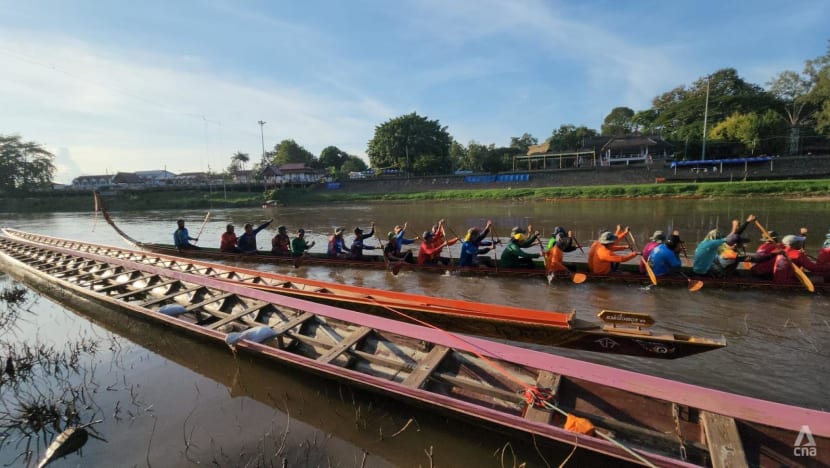
With Thailand's longboat culture at risk of fading away, craftsmen are trying to draw people to the sector, while others hope for global recognition. (CNA photo: May Wong)

This audio is generated by an AI tool.
CHIANG MAI: Traditional craftsmen in Thailand are finding it more challenging to preserve their art forms, especially in some of the rural provinces.
Increasing globalisation and economic pursuits have driven young Thais, who are digitally savvy, towards the latest trends on social media today, instead of partaking in cultural craft such as building longboats or handmade lanterns.
About 52 million Thais – more than 70 per cent of the country’s population of around 70 million – are social media users, according to research analysis firm DataReportal.
However, some in the community are still striving and making efforts to preserve the traditional art forms in Thailand.
LONGBOATS NO LONGER DRAWING INTEREST
Among the waning crafts is the construction of longboats.
A traditional longboat seats 55 rowers and stretches about 50m in length, as long as an Olympic-sized swimming pool, and takes two months to build.
The environment in longboat factories are typically dusty, dirty and hot.
Mr Athipat Saisoong, 36, started Sam Ya Sung Lui Racing Longboat Construction Factory about 10 years ago.
Back then, he had developed an interest in wanting to keep the longboat tradition and craft alive, and decided to join the sector.
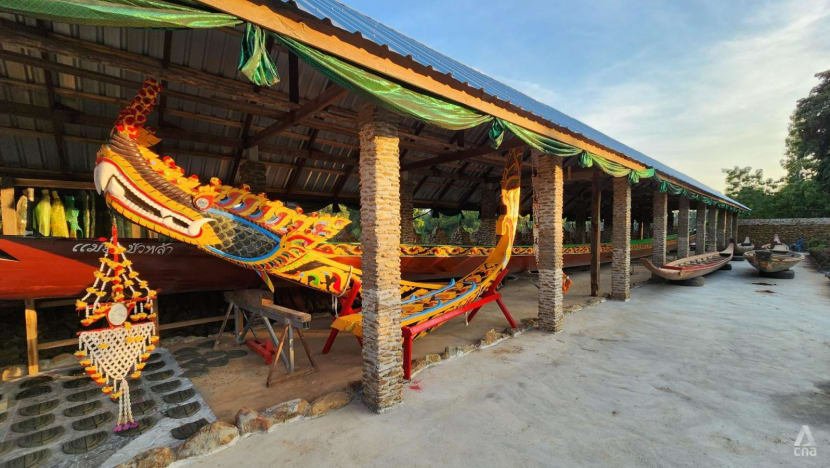
The longboats and annual races are special to Nan province, named for the Nan River, a major waterway that runs through the northern part of Thailand.
“I’m not only worried about the extinction of the crafting and painting of the boat. I’m afraid that the longboat racing tradition in Nan Province will be gone, since the younger generation’s lifestyle has changed,” Mr Athipat told CNA.
“They are so distanced from the river. This is why I’m worried that this tradition will be less interesting to people and eventually become extinct in the future.”
The Nan community is not just facing challenges in attracting young longboat makers. Fewer Thais are willing to learn the art of painting such longboats nowadays too.
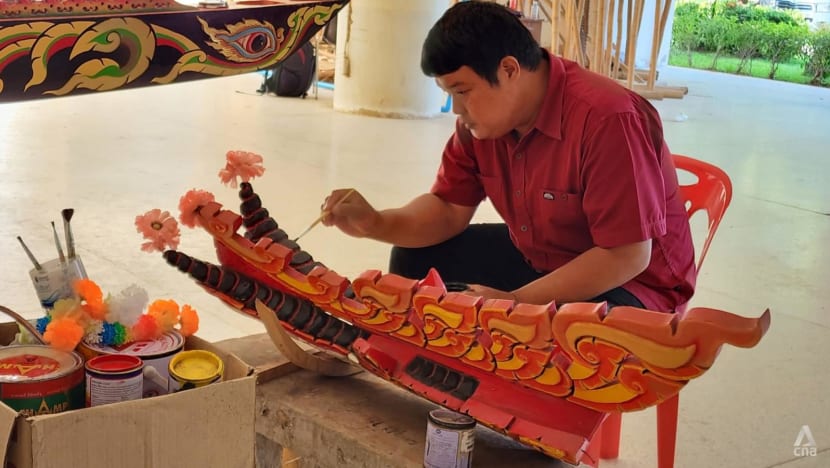
Longboat painter Anucha Kantanech told CNA: “Children in the past had a strong bond with rivers, temples and villages.
“Now, there are so many technological distractions, causing the culture to fade away as time passes by. People who remain in this industry are the ones who have a strong passion for it.”
He has been trying to pass on his painting skills to his nephew by teaching him the craft.
SEEKING GLOBAL RECOGNITION
Aside from individual craftsmen trying to inspire one person at a time, some in the local community are hoping for global recognition for the longboats, which they believe could elevate the prestige and value of the trade.
They hope that the annual Nan longboat race can be added to the United Nations Educational, Scientific and Cultural Organization's (UNESCO) Intangible Cultural Heritage list.
“At least if we can get the UNESCO logo, it’ll definitely increase the economic value. The city that has the UNESCO logo will automatically become a tourism city,” the Nan provincial government’s Culture Affairs Secretary Saksee Phonsantikul told CNA.
“More importantly, this will convince more people to be interested in the tradition and want to preserve it.”
Nan’s longboat tradition is not the only one hoping for global recognition and through that, preservation.
INTEREST IN LANTERNS FLOATING AWAY
The art of making Lanna paper lanterns by hand is also fast losing its appeal among the younger generation.
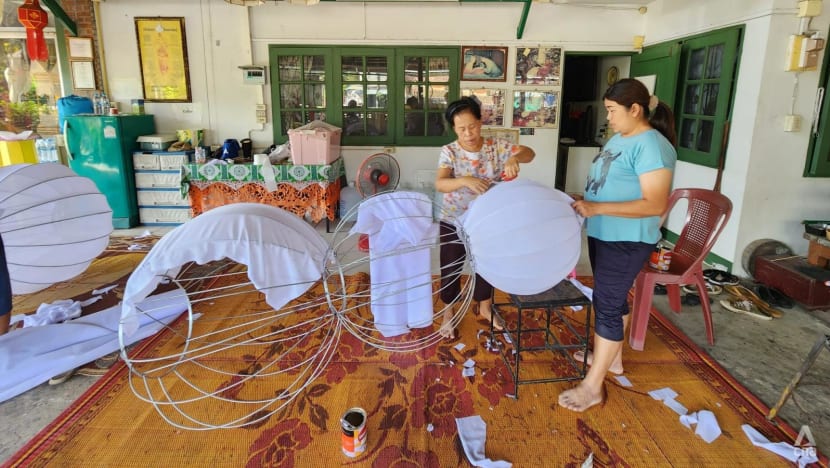
The northern Thai city of Chiang Mai is renowned for these handmade lanterns, which used to decorate every district in the past, said Ms Isaree Jaimook, owner of Nutthanicha Lanna Lanterns.
Nowadays, however, it can only be seen in downtown Chiang Mai, she told CNA.
“I want the educational institutions to see the importance of making the Lanna lanterns, which is a Chiang Mai tradition,” said Ms Isaree.
“We would like to provide the meaning and right information of the festivals to the courses as well. It could be an extracurricular activity which students can choose.”
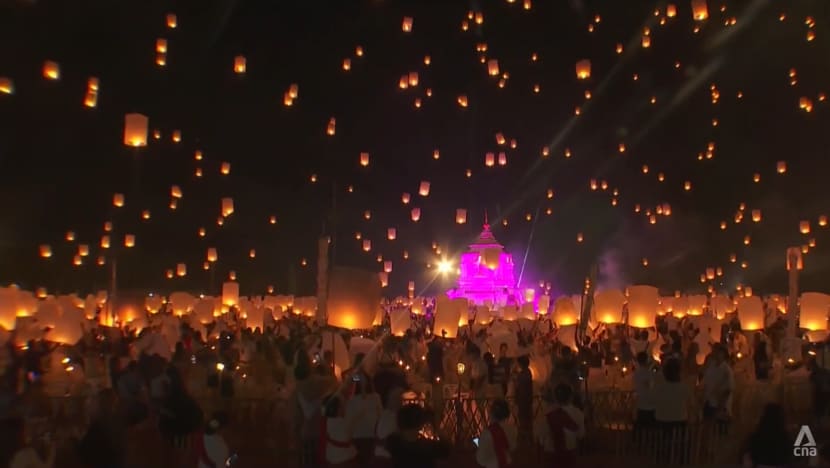
A highlight in Chiang Mai's annual calendar is the Yee Peng festival, or Sky Lantern Festival, which is celebrated and attended by many visitors from home and abroad.
The lanterns have a deep traditional meaning behind them.
Yee Peng translates from the local language to mean “full moon of the second month”.
Every November, as the lanterns are lit and float up into the Chiang Mai sky, bearing the secret wishes of individuals, it is seen as an act of releasing the bad luck of the past year and welcoming good fortune in the new year.
















